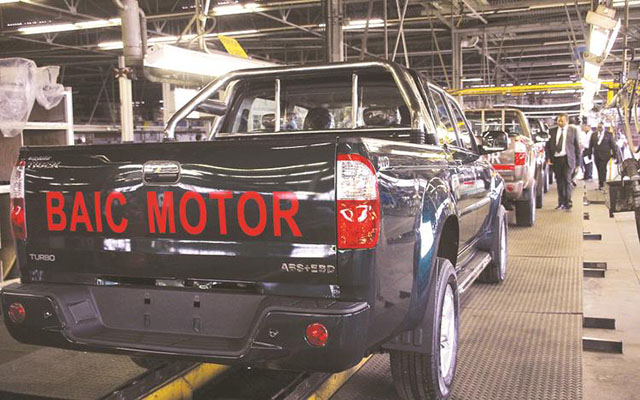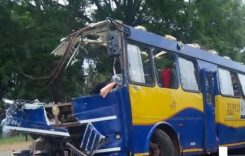Some vehicles on display during Willowvale Motor Industry’s reopening in March 2017. Photo: Innocent Makawa/Zimpapers
CLAIM: Zimbabwe’s motor industry has the capacity to assemble vehicles currently being imported by motorists.
RATING: INCORRECT. Zimbabwe’s motor industry has been in decline and currently lacks the capacity, in volume terms, to produce the tens of thousands of vehicles purchased by Zimbabweans annually from abroad.
Presenting Zimbabwe’s national budget for 2021 on Thursday, Finance Minister Mthuli Ncube suggested the local motor industry has the capacity to meet demand which was currently being served by imports of mostly second hand cars.
“About US$1.3 billion was spent on imported buses, light commercial and passenger motor vehicles from 2015 to September 2020. This is despite the existence of capacity by the local motor industry to assemble the above-mentioned range of motor vehicles,” Ncube said.
State of Zimbabwe’s motor industry
Zimbabwe has four vehicle assemblies, according to the Ministry of Industry and Commerce’s motor industry development policy. These are passenger vehicle assemblers Willowvale Motor Industries and Quest Motors, and two bus assemblers, Deven Engineering and AVM Africa. Quest has also recently started assembling buses.
However, all the local firms’ capacity has been constrained by lack of investment. The domestic market is also dominated by purchasers who cannot buy expensive new cars and opt for cheaper, used cars.
Willowvale Motor Industries was forced to shut down in 2012 and only reopened in 2017 under a partnership with China’s Beijing Automobile International Corporation (Baic), was reported to run at a production rate of 1,000 cars per year between 2018 and 2020.
Quest Motors, on the other hand, has installed capacity to produce between 12,000 and 15,000 annually. However, the company is currently operating at 5% of its capacity, suggesting output between 600 and 750 cars annually.
In 2017, AVM Africa reported it was operating at less than 15% of its capacity.
The truck and bus assembly industry currently employs just 50 people, according to the government’s recently launched National Development Strategy document.
The market
Zimbabwe’s domestic new vehicle market collapsed from a peak of 20 000 unit sales per year in 1997 to less than 3 500 units in 2016, according to the motor industry development policy document published in 2017, the latest available source of official industry data.
Over that time, second hand vehicle imports have risen sharply. Second hand car imports jumped 346% from 17023 in 2007 to a high of 75862 in 2014, before easing to 62619 in 2016.
Zimstat data shows that Zimbabwe imports vehicles worth US$348,5 million annually, while Central Vehicle Registry data shows an average of 55,685 vehicle imports annually between 2007 and 2016. This suggests the market spends an average US$6258 per vehicle, way below the US$20,000 price for a basic locally assembled vehicle.
CONCLUSION:
Zimbabwe’s motor industry currently has no capacity to meet the demand for vehicles by locals who have to resort to imports. This is mainly because local assemblies have suffered from years on under investment. Even if the local industry were to increase production capacity, inherent inefficiencies and other factors would still place the prices of their vehicles above what a significant segment of the market, which relies on used vehicles, can pay.
Do you want to use our content? Click Here












